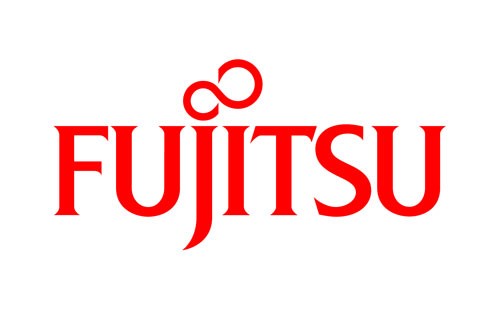Despite the widespread proliferation of mobile devices, the majority of Cyber Monday shopping will still take place using a desktop PC, finds Ovum. According to the global analyst’s Consumer Insights survey, security and data privacy concerns continue to be the main stumbling blocks to consumers embracing m-commerce, including m-payments, m-banking and m-shopping.
In a survey of more than 15,000 consumers across 15 major global markets, Ovum found that 68 percent of respondents globally prefer to use a PC or laptop when shopping online. Only 1 in 5 use their mobile phone and a smaller proportion (14%) use a tablet.
According to the findings, the reluctance to use a mobile device stems from perceptions that services are not secure (49% of respondents) or that personal data might be misused (47%). These results will no doubt disappoint the telecoms industry, which is investing massively in developing mobile payment services in both mature and emerging markets.
“The implications of these findings are profound for the growing mobile commerce ecosystem, as when it comes to digital commerce, consumers clearly still feel more comfortable with their PC and laptop,” says Angel Dobardziev, principal analyst at Ovum. “This shows that operator strategies that factor in rapid adoption of mobile commerce services need a reality check. Furthermore, the industry must design services that build on users’ comfort with e-commerce over the PC and extend it to the m-commerce domain.”
Further reinforcing the infancy of mobile commerce, the survey reveals that 50 percent of respondents have no interest in trying mobile payments in the next 12 months, and fewer than 2 in 10 respondents make m-commerce transactions on a regular basis (excluding checking bank balances, which 35 percent use regularly). Regionally however attitudes to mobile financial services remain highly variable across regions. For instance consumers in Asia-Pacific are the leading adopters of mobile money services, followed by EMEA and then the Americas. In terms of age, younger consumers in the 16–34 age band are almost twice as likely to be users of mobile money services as their more mature peers in the 35+ band.
“There is no doubt that eventually we’ll see mobile devices used for the majority of our online services, but in the m-commerce sector there is still some way to go. To succeed, service providers will need to carefully understand and effectively address the subtle differences that concerned consumers have with using mobile money and mobile commerce services,” concludes Dobardziev.












